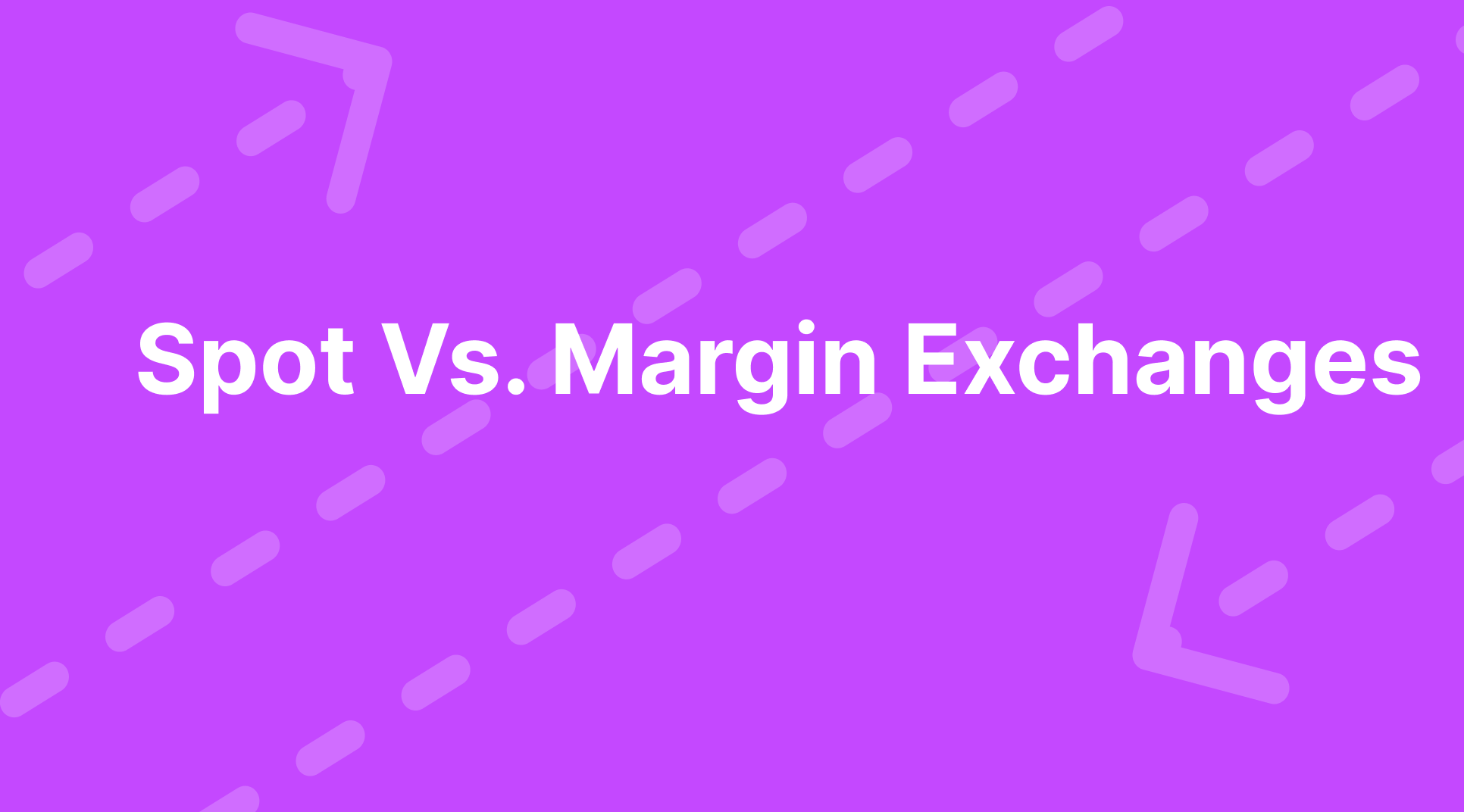
Spot vs. Margin Crypto Exchanges are now a big topic for anyone starting a crypto business. As digital money like Ethereum and Bitcoin ETF becomes more popular, many people want to build their own crypto exchange. Big changes in the market, like Bitcoin and Ethereum ETFs and better blockchain tech, are making crypto more common in everyday life.
You may be unsure about whether to use the spot or margin crypto exchange model if you're new to the cryptocurrency market. This guide explains both and helps you decide how to start your crypto exchange the right way.
Crypto spot trading is the practice of purchasing or disposing of cryptocurrencies at the going rate. You immediately receive the cryptocurrency after paying now. It's basic and straightforward, especially for newcomers. The coins you purchase through spot trading are truly yours.
Sometimes, prices can quickly go up or down, which might change the value of your trade. But most of the time, things stay steady, and it’s not a big problem.
Before margin trading came along, spot trading was the most common way to trade. People like it because it’s direct—buy crypto with regular money, and you’re done. You don’t borrow any money, so there’s no debt involved. It’s good for people who want to hold crypto for a short or long time.
Spot trading is also seen as safer. You only trade with your own money. And since it follows strict financial rules, it’s a secure way to get into the crypto world.
Starting a crypto exchange takes planning. You need to understand what users want and what the law says about running such a platform.
If you want full control, you can build your own exchange. But it takes time, money, and a team to handle things like customer service, payments, and software.
A faster way is to use white-label crypto exchange software. These are ready-made platforms that you can customize. Here’s how to launch your spot exchange:
Choose a trusted company that offers turnkey solutions.
Find out which cryptocurrencies and payment methods are most popular.
Make sure your exchange supports both crypto and regular money.
Work with the software team to fit the platform to your business.
Use smart marketing and rewards to bring in users.
This path makes it quicker and easier to get your crypto exchange up and running.
Crypto margin crypto exchanges let people borrow money to trade. This way, they can make bigger trades using only a small amount of their own money. For example, with 1:100 leverage, someone can trade $100 worth of crypto using just $1.
If Bitcoin is $70,000, a trader only needs $700 to control one Bitcoin using margin trading.
Margin trading can make you more money, but it’s also riskier. If the market moves against your trade, you can lose everything—even the money you borrowed. Still, people like it because they can:
Trade big amounts without needing big money.
Make money when prices go down (called short-selling).
Aim for bigger profits.
It’s a model for more experienced traders who are okay with taking some risks for the chance of higher rewards.
If you want to start a margin exchange, your platform needs to allow CFD (Contract for Difference) and futures trading. Traders use borrowed money, but they don’t really own the crypto they’re trading. Here are the key steps:
Follow local laws about trading with leverage and crypto CFDs.
Find investors or partners to help cover any big losses.
Utilise the newest technology to streamline AML (Anti-Money Laundering) and KYC (Know Your Customer) checks.
Add strong security and easy-to-use wallets for safe trading.
Margin exchanges need to be secure and well-managed, since there’s more money at risk.
Which is better—spot or margin trading? It depends on your business goals and who your users are.
Margin trading is good if you want higher returns and your users like taking big risks. These exchanges often make more money because they charge for borrowed funds. But they also need more safety nets and careful planning.
Spot trading is best for people who want to own their crypto. They can send it to their own wallets and keep it safe. This model is popular with people who care about full control of their digital money. It’s also less risky and easier for beginners to understand.
If your audience is more cautious, spot trading is likely the better choice.
Setting up your own exchange from zero can be hard. That’s why many businesses go with turnkey or white-label solutions. These are ready-made platforms that you can buy, customize, and launch quickly.
These tools are built by experts who know what works. You get all the important parts: security, trading systems, and payment tools—ready to go.
Turnkey solutions are great for startups. They cost less, save time, and let you enter the market fast without dealing with all the tech stuff.
Running a crypto exchange business model can be a great way to earn money, especially when trading activity is high and coin prices are going up.
But the model you choose—spot or margin—matters a lot. Spot exchanges are popular now because people want to feel secure and actually own their crypto. This makes them a strong choice for new business owners entering the crypto market.
If you're planning to build your own platform, start by learning the basics, knowing your audience, and choosing the model that fits your goals.

Indrapal Prajapat is a skilled crypto writer with 5 years of experience in blockchain, DeFi, NFTs, and Web3. He creates SEO-optimized content that helps readers understand the latest trends in cryptocurrency. Indrapal specializes in writing articles, news updates, and analysis for crypto projects, exchanges, and Web3 innovations. He focuses on making crypto knowledge accessible to everyone, from beginners to expert investors. His content helps investors make smart decisions. He stays updated on the latest trends, helping investors make informed decisions.
1 month ago
Cryptocurrency regulation updates